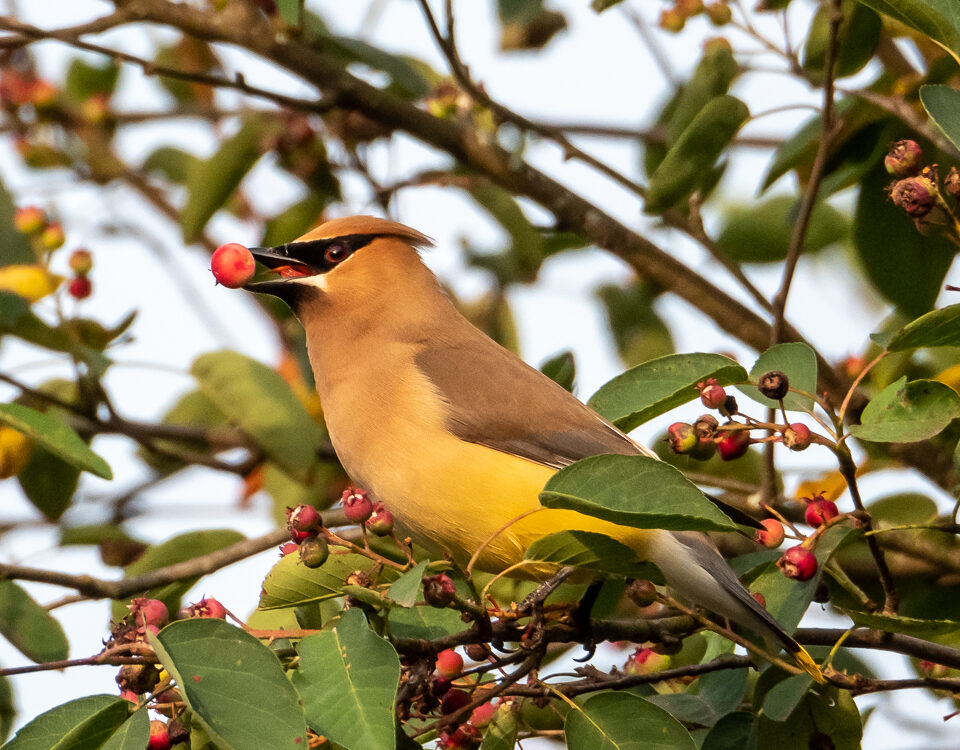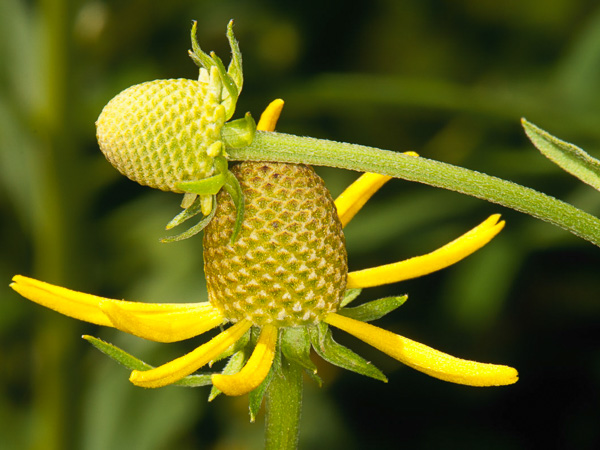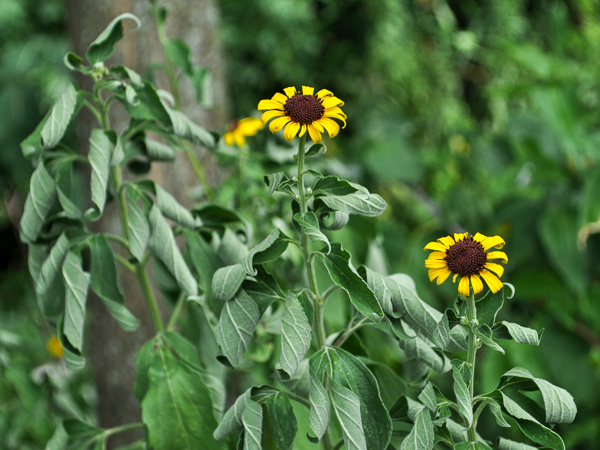
Spring Clean-up – A different approach
March 29, 2012
Intro to Meadows, Seed Banks and Plant Surprises
May 23, 2012Weeds, Seedlings and Plant ID
WEEDS and SELF_SOWN “GOOD GUYS”
Spring and the renewal of growth in our garden beds and other plantings raises a lot of questions about gardening and landscaping techniques and philosophies. One of the key questions that always comes to my mind is – is that a weed or not? The answer to this question and the actions one may or may not take are another area where natural landscaping and traditional landscaping diverge greatly. In this post I want to describe just a few of the issues surrounding this divergence.
Traditional landscaping pretty much treats every plant that is not consciously planted by the owner as a weed. In a very real sense this makes maintenance much easier –“ did I put that there?; No, well then, out with it!” I mention this as a contrast to a natural landscaping philosophy which could be summed up in this regard as “what is that plant and do I want it to be there?” It does not matter whether or not it was consciously planted or planned for. It’s strictly a forward looking question that allows for a landscape to evolve in sometimes unplanned ways.
There are good reasons for allowing for this serendipity if one’s goal is a natural landscape. Open spaces get filled in and no longer require mulch. Plants find new homes where they are more suited to the site specifics. Diversity increases. However, there are very real potential problems with this as well. We live in an age of weeds. By this I do not just mean relatively benign plants that are simply unwanted (remember the old adage – a weed is simply any plant where you “the decider”, decide it does not belong), but highly invasive, noxious weeds that can become serious long-term problems. These plants need to be identified and removed as quickly as possible. Which raises the BIG issue of plant identification.
PLANT ID
I believe that in order to “maintain” a natural landscape, one MUST be able to identify plants. No, not every plant (an exceptionally challenging proposition) but quite a few, and the more the better! The plants that I believe are critical to ID are:
- Those that you have specifically planted. You want to be able to leave newly emerging and the volunteer seedlings. Note – you may not want to leave the volunteers in all cases, but in many cases it’s a good thing to do.
- Noxious, invasive weeds. The earlier these are ID’s and removed the better!!!
- A few of the most common native trees and shrubs and wildflowers that grow in your area. Leaving these to grow on (where you decide it is a positive), is a fantastic way to allow a natural landscape to evolve.
Over time, with these ID’s in your skill-set you can move on to less critical plants – new volunteers that just “show-up” unexpectedly, undesirable weeds that may not rise to invasive status, but are nonetheless problematic for you. One way to learn these plants is to allow an unknown seedling to grow. Mature, flowering plants are much easier to identify. If it’s a “weed”, as long as you did not let it sow seed, you can remove the plant with little harm done.
I think that most individuals that desire a natural landscape have an inherent interest in identification and plant knowledge. Give it a try, it may not be as hard as you think and the rewards are many.





